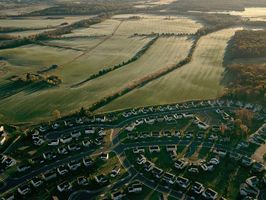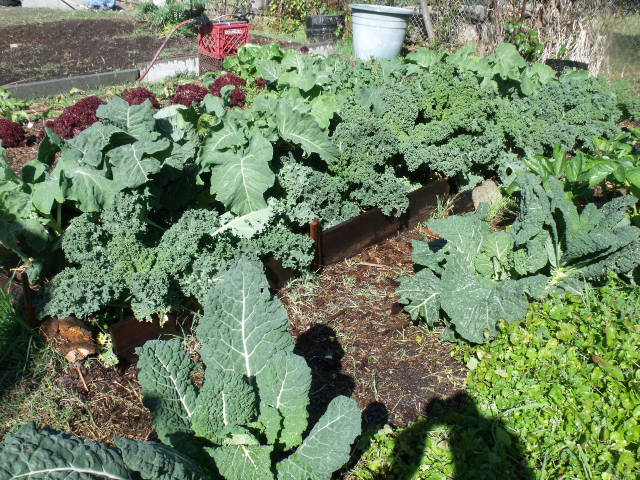Urban farms can help lower cities' greenhouse gas emissions - if the farms don't get developed3/6/2017  Suburban development in Northern Virginia. Photo: National Geographic Suburban development in Northern Virginia. Photo: National Geographic Urban land – and the activities occurring on it – accounts for 70 times more greenhouse gas emissions (GHG) than agricultural land, I learned last week at the California Climate and Agriculture Network conference in Davis, CA. In a study looking at GHG emissions from Yolo County, CA, a primarily agricultural county near Sacramento and home to UC Davis, researchers found that agricultural land accounted for only 14 percent of countywide GHG emissions. In contrast, the urban areas emitted 86 percent of the county’s emissions. Although Yolo County is home to many organic farms practicing sustainable agriculture, this figure for agricultural emissions also includes plenty of farms practicing conventional agriculture, and counted high GHG emitting practices like diesel fuel use (think carbon dioxide) emissions), application of synthetic nitrogen fertilizer (think nitrous oxide), rice cultivation and dairy production (think methane). In fact, farmers of all stripes are lowering emissions on their own due to market pressure to apply less nitrogen fertilizer. Emissions fell between 1990 and 2008, before recent emissions regulations went into effect. Not only did ag emissions fall on a per-acre basis, but total ag emissions also fell, because like many rural counties, Yolo county is urbanizing. Urban sprawl increases emissions more than other types of urban growth because people have to drive longer distances. This study suggests cities and counties that want to lower GHG emissions should focus on “smart growth” policies that promote urban in-fill development while preserving near-by agricultural land. However, this in-fill can come at a price – development pressures on urban greenspace including urban agricultural land. Urban greenspace, farms, and gardens play a double role in helping cities lower GHG emissions, because emissions management involves both lowering emissions, by changing the type of activity and amount of energy consumed on the land, coupled with mitigation strategies to sequester existing carbon, by storing carbon in woody biomass (trees, shrubs) and returning carbon to the soil. Since urban agriculture and greenspace can help do both, urban agriculture and greenspace land is an important part of urban climate change solutions and consequently is the wrong land to develop for infill housing. Here in Berkeley, we are seeing housing development pressure on two urban greenspace plots. In one proposal, the City of Berkeley is considering putting tiny houses for homeless people on the Santa Fe Right of Way, one of my soil remediation field sites. This area has arsenic contamination in the soil, will likely become a public greenway and youth training farm once the soil is cleaned up, and provides important greenspace in a low-income, historically Black part of the city with the least greenspace. In the second proposal, UC Berkeley is considering building student housing on the Oxford Tract, the university’s agricultural research tract that is adjacent to campus right in downtown Berkeley and home to the Student Organic Garden. The Student Organic Garden is one of the only entities providing fresh produce to the student food pantry. In both cases, vulnerable populations are being forced to choose between housing and fresh local food and greenspace. A more sustainable and climate-friendly plan would place much-needed housing on already developed Berkeley property that sits underutilized with vacant buildings, while preserving the GHG lowering, carbon sequestering, and local food producing potential of these two valuable greenspaces.
0 Comments
Leave a Reply. |
AuthorSarick Matzen completed his PhD in Environmental Science, Policy, and Management department at University of California, Berkeley in 2020. He is now a postdoc in the Soil, Water, and Climate Department at the University of Minnesota working on iron cycling in marine systems. Archives
July 2019
Categories |

 RSS Feed
RSS Feed
